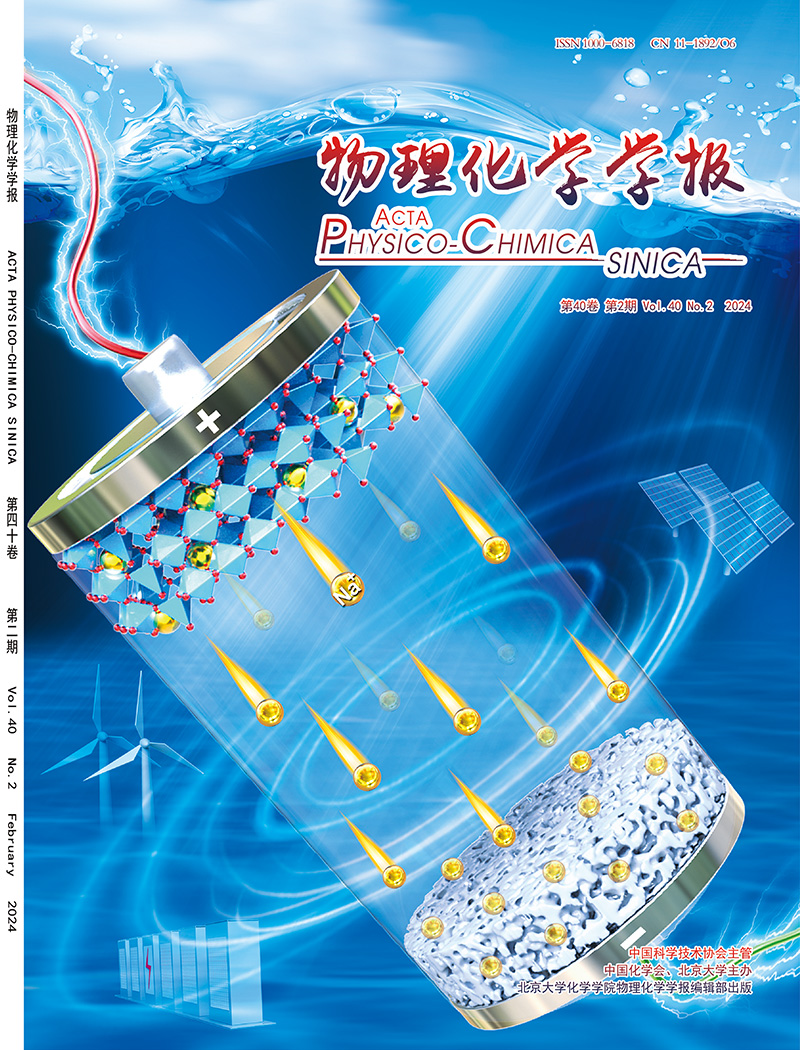Machine learning-guided antireflection coatings architectures and interface modification for synergistically optimizing efficient and stable perovskite solar cells
IF 13.5
2区 化学
Q1 CHEMISTRY, PHYSICAL
引用次数: 0
Abstract
In recent years, single-junction perovskite solar cells (PSCs) have experienced unprecedented development, approaching the Shockley-Queisser (S-Q) theoretical efficiency limit, due to versatile optimization strategies targeting functional layers to minimize energy loss. The antireflection coating (ARC), as part of the light-management strategy, plays a critical role in reducing optical loss to achieve higher efficiency. The development of multifunctional ARC that can simultaneously enhance visible light transmittance while suppressing ultraviolet (UV) light transmission, along with excellent adhesion and wear resistance on glass substrates, remains a significant challenge in current research. Herein, we propose ultra-thin ARC made of multilayer dioxides, SiO2–TiO2–SiO2 (STS) films, optimized using a machine learning approach with a Bayesian optimization algorithm. This process involved parameterized modeling of multilayer dioxide ARC, physical simulations using the Transfer Matrix Method (TMM), and evaluation of antireflective performance. The optimal configuration of STS ARC consists of 100 nm SiO2, 10 nm TiO2, and 10 nm SiO2, increasing the transmittance of FTO glass by 9.2% in the 400–800 nm wavelength range. The ARC effectively enhances external quantum efficiency, achieving 96.94%, thereby increasing the short-circuit current density (JSC) and power conversion efficiency (PCE) by 4%. PSCs with STS ARC retain 81.2% of their initial efficiency after continuous UV illumination for 300 h, while control devices degrade to approximately 69%, demonstrating effective UV filtration and improved operational stability. This ARC exhibit hardness exceeding 9H on the pencil hardness scale and achieve ISO class 0/ASTM class 5B in adhesion tests, meeting the outdoor durability requirements for PSCs. In addition to optical energy loss, the accumulation of defects on the surface of the perovskite layer induces non-radiative recombination energy loss and serves as initiation sites for lattice degradation. To address this, we use 3-amidinopyridinium iodide (3-PyADI) to passivate interface defects, further improving the PCE to 24.44%. The stability of the device remains at 93% of the initial PCE after 1000 h under atmospheric conditions. The proposed ARC and PSCs structure are expected to enhance optoelectronic performance and environmental stability, providing a promising and practical path for the development of PSCs.

机器学习引导的增透涂层结构和界面修饰协同优化高效稳定的钙钛矿太阳能电池
近年来,单结钙钛矿太阳能电池(PSCs)经历了前所未有的发展,接近Shockley-Queisser (S-Q)理论效率极限,这是由于针对功能层的多种优化策略,以最大限度地减少能量损失。减反射涂层(ARC)作为光管理策略的一部分,在降低光损耗以实现更高的效率方面起着至关重要的作用。在增强可见光透过率的同时抑制紫外线透过率,并在玻璃基板上具有优异的粘附性和耐磨性的多功能ARC的开发仍然是当前研究中的一个重大挑战。在此,我们提出了由多层二氧化氧化物SiO2-TiO2-SiO2 (STS)薄膜制成的超薄ARC,并使用基于贝叶斯优化算法的机器学习方法进行优化。该过程包括多层二氧化电弧的参数化建模,使用传递矩阵法(TMM)进行物理模拟,以及抗反射性能评估。STS ARC的最佳配置由100 nm SiO2、10 nm TiO2和10 nm SiO2组成,在400-800 nm波长范围内,FTO玻璃的透过率提高了9.2%。ARC有效地提高了外部量子效率,达到96.94%,从而使短路电流密度(JSC)和功率转换效率(PCE)提高了4%。具有STS ARC的psc在连续紫外线照射300小时后仍保持其初始效率的81.2%,而控制装置则下降到约69%,显示出有效的紫外线过滤和提高的操作稳定性。该ARC在铅笔硬度标尺上的硬度超过9H,在附着力测试中达到ISO 0级/ASTM 5B级,满足psc的户外耐久性要求。除了光学能量损失外,钙钛矿层表面缺陷的积累还会导致非辐射复合能量损失,并成为晶格降解的起始点。为了解决这个问题,我们使用3-脒基碘化吡啶(3-PyADI)钝化界面缺陷,进一步将PCE提高到24.44%。在大气条件下,1000小时后,器件的稳定性保持在初始PCE的93%。所提出的ARC和PSCs结构有望提高光电性能和环境稳定性,为PSCs的发展提供了一条有前途和实用的途径。
本文章由计算机程序翻译,如有差异,请以英文原文为准。
求助全文
约1分钟内获得全文
求助全文

 求助内容:
求助内容: 应助结果提醒方式:
应助结果提醒方式:


